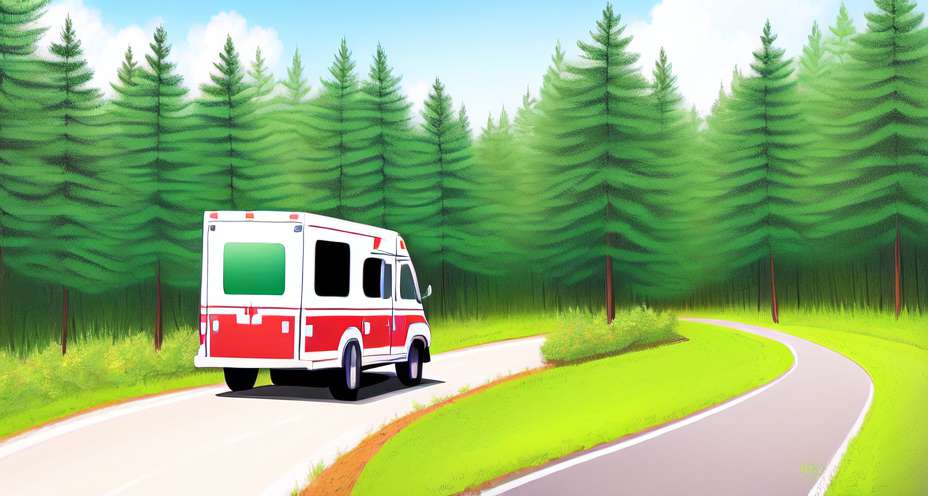Laptop or iPad generate insomnia?
April 2024

Burns are caused by heat (such as fire), damp heat (such as hot liquids and steam), chemicals, electricity, UV radiation (such as sun and snow), friction, radiation, and hot objects.
Among these, thermal burns are the most common and can be the result of contact with household appliances such as hot iron, stove, oven and flammable chemicals, such as insecticides.
Burns are classified as: First degree burns , which affect only the outer layer of the skin; second degree burns , which affect both the underlying and external skin and Third degree burns , which extend to the deepest tissues. Here, we will discuss first aid treatment for third-degree burns.
If the person is on fire, he must throw himself and roll. The first thing is to extinguish the flames with water or with objects such as a rug, blanket, or a cotton robe if the water is not available.
Severe or third-degree burns cause pain, swelling, blistering, peeling skin, burned skin, red skin, and shock. It is important to attend to these things immediately. Call the emergency number, which in Mexico City is the 066 , to request help.